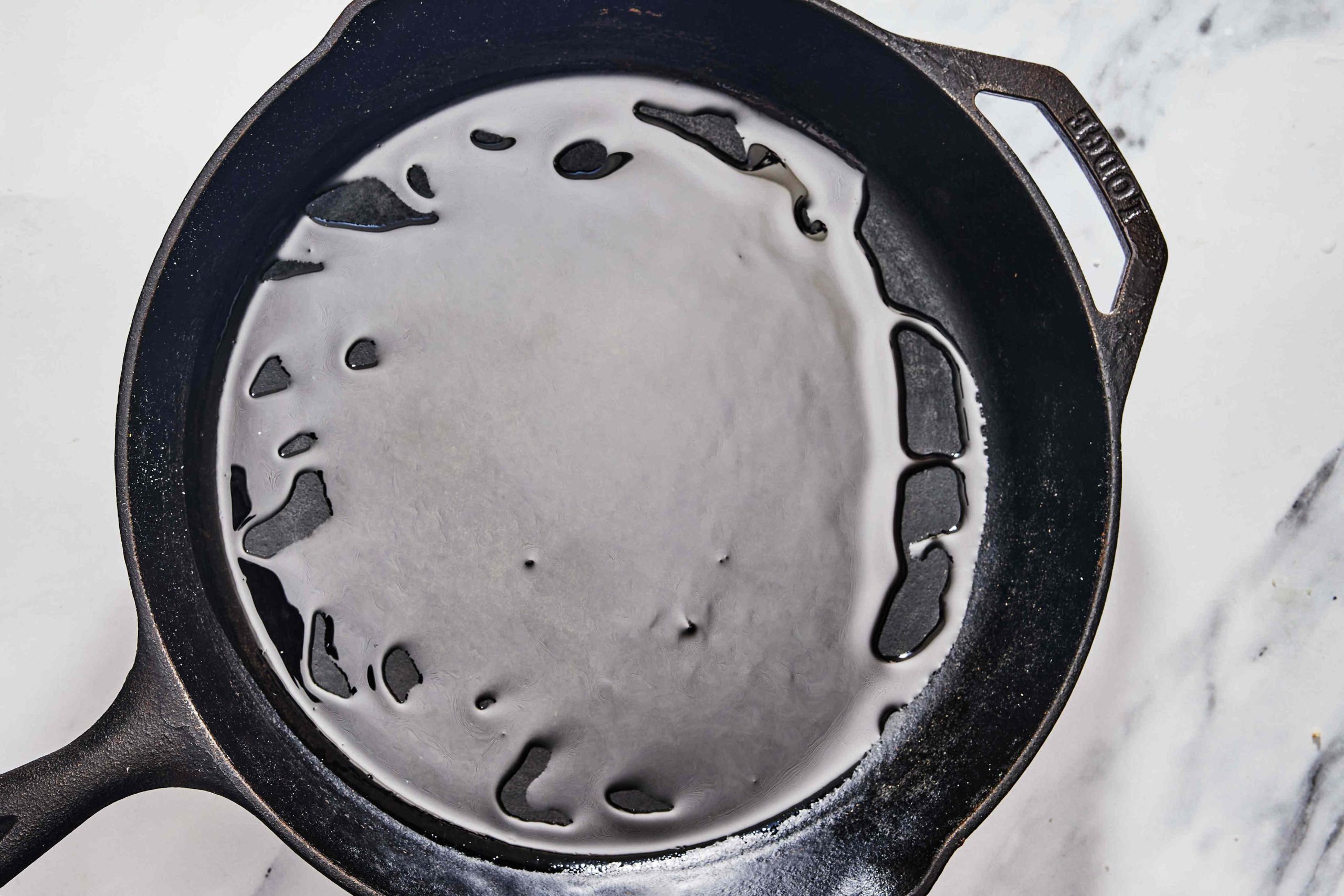Understanding Smoke Points and Their Impact on Cooking
When it comes to cooking, the choice of fat or oil can significantly affect both the flavor and safety of your meal. A key factor to consider is the smoke point—the temperature at which a fat or oil begins to smoke and break down. This concept is essential for anyone looking to cook effectively and safely.
The smoke point serves as an indicator of when an oil starts to degrade. As the oil heats up, it can release harmful compounds and fumes, while also developing a burnt or bitter taste. Choosing the right oil based on its smoke point ensures that you maintain the quality of your food and avoid potential health risks.
The Importance of Smoke Point in Cooking Methods
Different cooking methods require oils with specific smoke points. For instance, high-heat techniques such as frying or searing demand oils with higher smoke points to prevent them from breaking down too quickly. On the other hand, lower-heat methods like sautéing or drizzling may benefit from oils with lower smoke points that offer more distinct flavors.
Here are some common fats and their typical smoke points:
- Butter: 300-350°F – best for low-heat cooking.
- Clarified Butter/Ghee: 450-485°F – ideal for sautéing, frying, and roasting.
- Extra Virgin Olive Oil: 325-400°F – suitable for low to medium-heat cooking and drizzling.
- Light Olive Oil: 450°F – great for frying, sautéing, and grilling.
- Canola Oil: 400-450°F – versatile for frying, stir-frying, and sautéing.
- Vegetable Oil: 400-450°F – similar uses as canola oil.
- Grapeseed Oil: 390-420°F – good for frying and sautéing.
- Sunflower Oil (Refined): 450°F – suitable for frying and sautéing.
- Peanut Oil (Refined): 450°F – commonly used for frying and stir-frying.
- Avocado Oil (Refined): 520°F – excellent for grilling, frying, and roasting.
- Coconut Oil (Refined): 350-450°F – useful for medium to high-heat cooking.
Unrefined vs. Refined Oils
Understanding the difference between unrefined and refined oils can help you make better choices in the kitchen. Unrefined oils are minimally processed and retain more natural compounds, which contribute to their rich flavor. However, these same compounds can cause the oil to break down more quickly at high temperatures, resulting in a lower smoke point.
Refined oils, on the other hand, undergo processing to remove impurities, leading to a more neutral flavor and higher smoke point. This makes them more suitable for high-heat cooking methods where stability is crucial.
Safety Tips When Cooking With Oil
Safety should always be a priority when working with oil. If the oil starts to smoke, it’s important to remove it from the heat immediately. Continuing to heat the oil can lead to dangerous fumes and even cause a fire. Never leave a pan unattended while deep frying, and keep a lid or fire blanket nearby in case of emergencies. Avoid pouring water on an oil fire, as this can spread the flames. Instead, cover the fire with a lid or use a fire blanket, or sprinkle baking soda over the flames to extinguish them safely.
Proper Storage of Oils
Proper storage plays a vital role in maintaining the quality of your oils, especially unrefined varieties. Store oils in a cool, dry place away from direct sunlight and heat sources. Exposure to air, moisture, and heat can accelerate degradation, affecting both the flavor and safety of the oil.
If you plan to reuse oil, be mindful of how often you do so. Repeated heating can lower the smoke point, introduce off-flavors, and potentially create harmful compounds. Always strain the oil after each use to remove any food particles, ensuring it remains in good condition for future use.
By understanding smoke points, choosing the right oils for your cooking methods, and following proper storage and safety practices, you can enhance both the flavor and safety of your meals. Whether you’re frying, sautéing, or simply drizzling, making informed decisions about your cooking fats will elevate your culinary experience.







